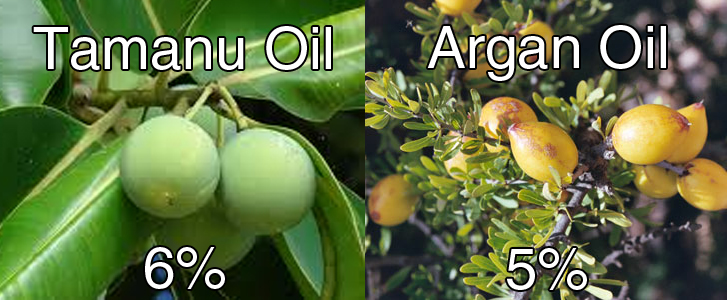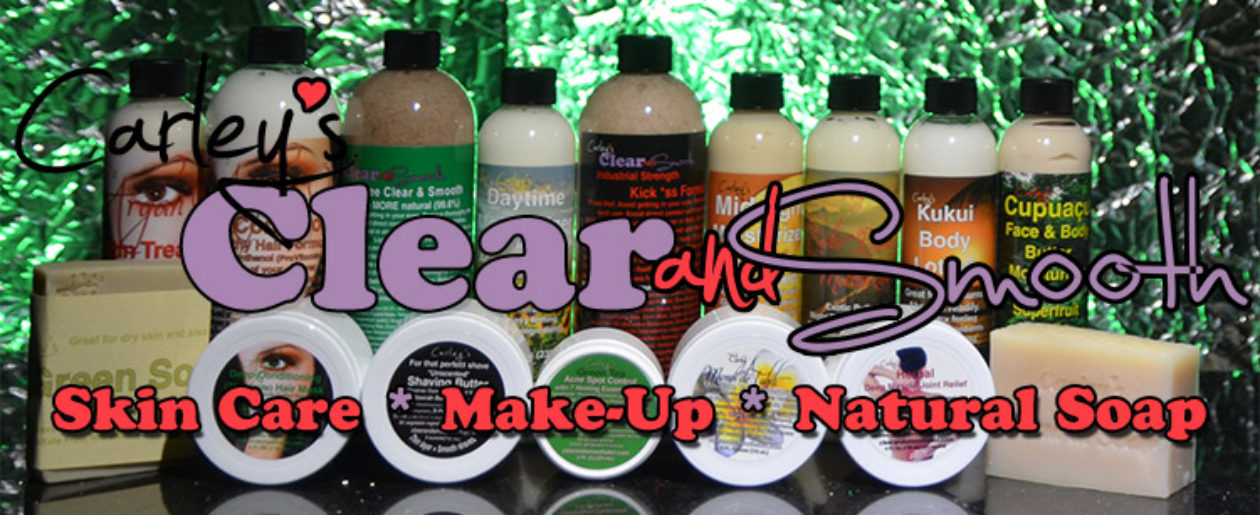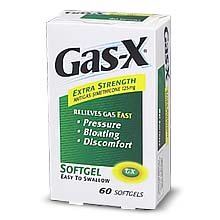A drop might do for some, but not us. It is legal to advertise an ingredient in a product, or call a product after that ingredient as long as you have the ingredient in the product… Even if it’s only a DROP! As most people know who read ingredient labels: The first ingredient is the most prominent. As you go down the list there is less and less of what is there. So if the ingredient you are buying the product for is five or six lines down, chances are you only have a drop or less in each use.
What gives? Why do companies exaggerate the best ingredients and ignore the elephant in the room – The frankenstein ingredients that they throw in to make them last longer on the shelves? Would a product ever be called “Yellow #11 Cream”? It’s not quite as catchy and I think you answered your own question.
I recently stumbled upon an Argan Oil cream giveaway. This being a major ingredient in our Tamanu Cream, my curiosity took me to the ingredients on the back. Here’s what I found:
That’s right. The named ingredient is listed third to last. Right after Yellow #11 and Red #17. Just like I would never recommend using the oils directly on the skin (they don’t absorb), I would never say is enough! We deal with miraculous ingredients everyday but they’d have to be taken from the Fountain of Youth for a drop to make an effect!
 Argan Oil makes up 5% of our Tamanu Cream. The primary ingredient (and namesake) Tamanu Oil makes up 6%. Would you rather have something that looks (coloring) and smells (fragrances) great when first opened – or something that actually works and makes you feel good?
Argan Oil makes up 5% of our Tamanu Cream. The primary ingredient (and namesake) Tamanu Oil makes up 6%. Would you rather have something that looks (coloring) and smells (fragrances) great when first opened – or something that actually works and makes you feel good?
Products Mentioned:
Carley’s Tamanu Cream for Scars and Discolorations





